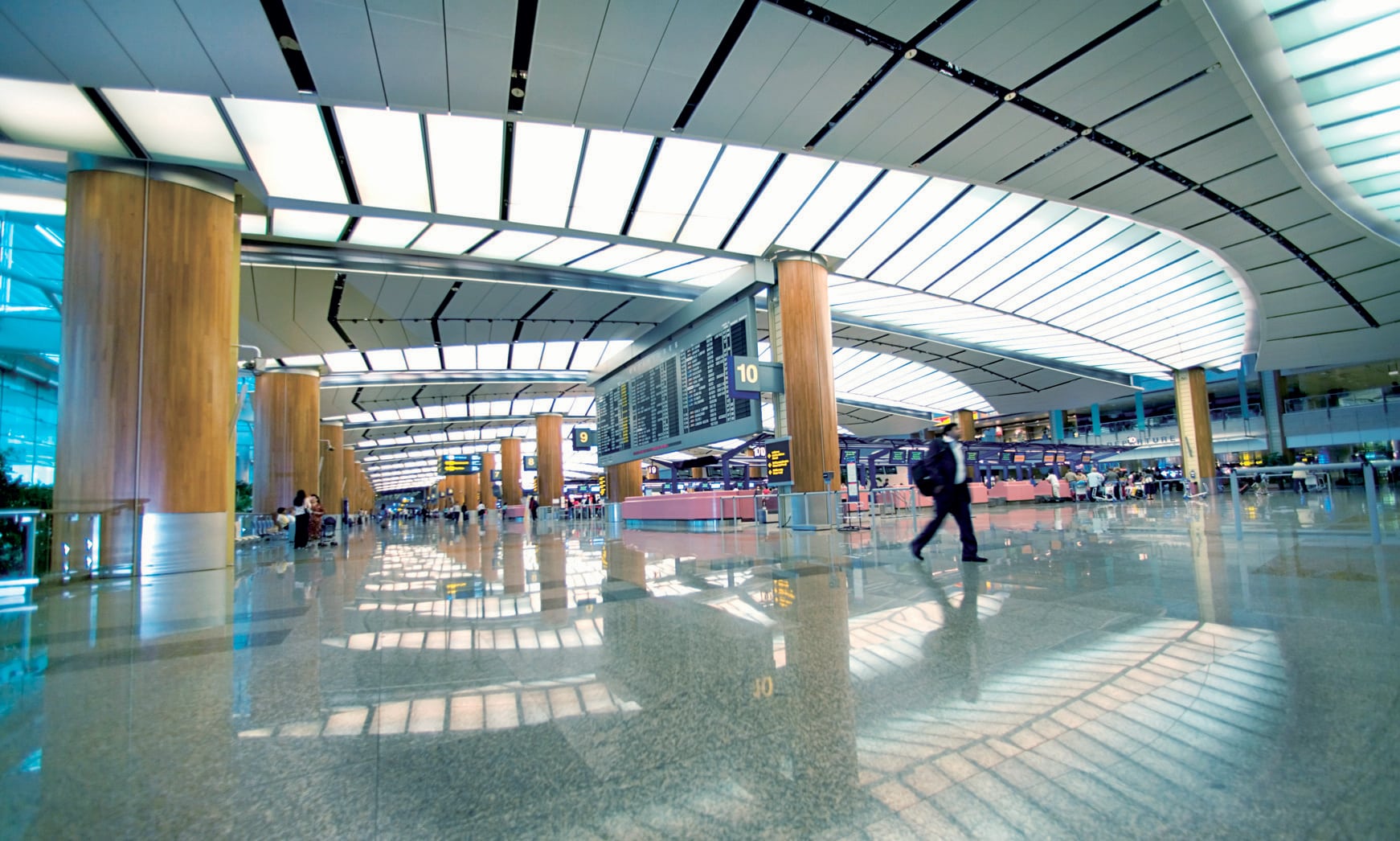Skift Take
As airports compete for choosy passengers and air routes, they are turning into destinations themselves with unique amenities. Once regarded as purely utilitarian infrastructure, airports are now becoming more integrated with their surroundings and hosting new experiences for passengers and non- passengers alike.
Airports are by nature massive, stressful, and confusing places. They are classic examples of what French anthropologist Marc Augé calls “non-places” — environments that one passes through, but don’t interact with. Places that do not have the significance of a sense of place. A terminal in Paris looks and feels identical to one in Beirut, and the primary business at hand is getting out. Popular culture, especially stand-up comics, reinforce the notion that airports are feature-less, irritating places.
We are used to seeing them as unfriendly places where we are hassled by security, confounded about where to go and stressed out over missing a flight.
But over the last decade, the way that we think of airports is changing. Existing and emerging technology such as smartphones and biometric scanning can soon turn airports from a mess of queues and irritations into elegant, stress-free areas. Airports, especially in Asia and the Middle East, are more integrated into the fabric of cities. Airports are becoming more contextualized and reflective of the local environment. They now host civic events and entertainment as well as layovers and business meetings.
Cities themselves are even building and planning around air travel accessibility.
Today, an airport might be a great place to eat, shop, dance, sleep, socialize or even get married. As airports compete for choosy passengers and air routes, they are turning into destinations themselves with unique amenities.
Even for business travelers who meet at the airport rather than battle traffic to get downtown, a visit to an airport could feel like an experience of a different destination. People who come to meet or send off their loved ones have reason to linger and enjoy the surroundings. Even locals who aren’t boarding planes are visiting the airports for civic events, retail and entertainment.
This is happening whether or not airport operators, hotels, and concessioners are prepared to take advantage of it.
For more on this trend, get our new in-depth report: “Airports as Destinations: The Rise of User Experience.” This report will show how the changing business environment is turning airports into more welcoming places. It will explain the history and context for the trend and what’s coming next.
Get Skift Research
Skift Research products provide deep analysis, data, and expert research on the companies and trends that are shaping the future of travel.
Have a confidential tip for Skift? Get in touch
Tags: Travel Trends
Photo credit: Changi Airport in Singapore, prime example of how airports are rethinking user experience. Courtesy Gensler
